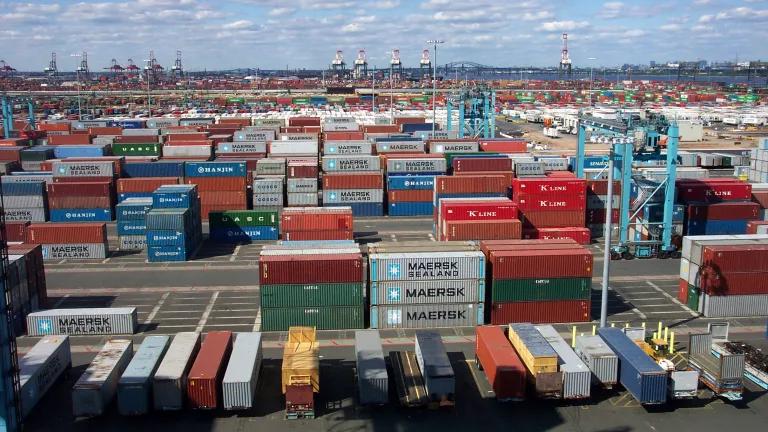Driving Commuter Choice in America
Expanding transportation choices can reduce congestion, save money, and cut pollution.
America's love affair with the open road is often associated with a revved-up, windows-down sort of freedom, but in reality, many of us spend more time than we'd like stuck behind the wheel, in overly long commutes, in traffic jams, and driving to do office work that could sometimes be done just as well -- if not more efficiently -- telecommuting from a home office.
A recent study by NRDC shows that Americans average close to three trillion miles on the road each year -- that's enough to travel to the sun and back 16,000 times. Personal transportation -- driving our cars, trucks and SUVs to and from work, school, shopping and recreation -- is responsible for about 20 percent of all greenhouse gas emissions in the United States.
NRDC analyzed Americans' typical commuting habits and identified which groups commit the most miles and financial investment to their commutes. NRDC then isolated five ways people can reduce their share of driving, and evaluated for which commuter group each solution would be most beneficial. Increasing public transit use, carpooling, telecommuting, trip-chaining (running errands on the way to or from work) and moving closer to work were all shown to offer potential reductions in vehicle miles traveled and transportation costs.
For example, rural and town commuters, with the highest average costs, also have the highest potential savings to reap through options like trip-chaining and telecommuting. Increased carpooling offers the most potential savings for many other drivers. NRDC found that if 25 percent of the population adopted new driving behaviors, greenhouse gas emissions could be cut by 3 to 12 percent, billions of gallons of fuel could be saved, and consumers would save tens of billions of dollars each year.


